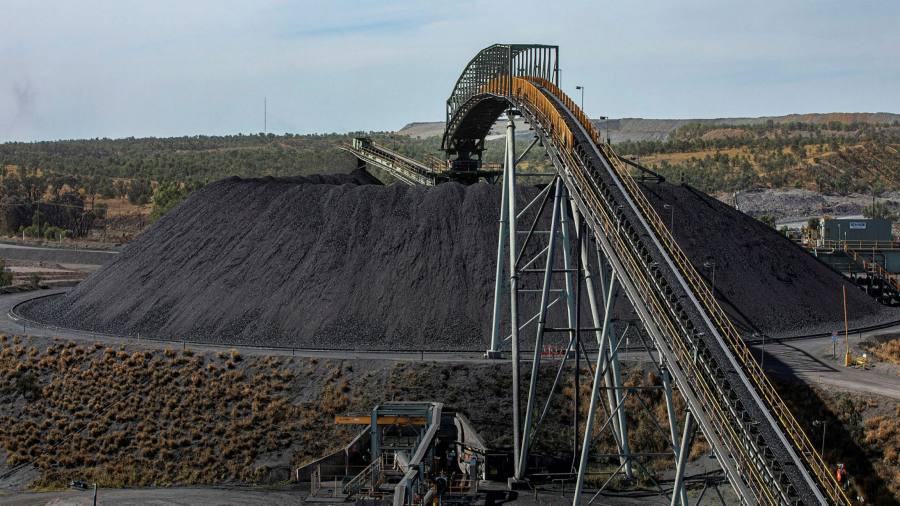BHP will be removed from the UK’s blue-chip FTSE 100 index next week after investors in the world’s biggest miner approved plans to simplify its corporate structure and take its main stock listing to Sydney.
More than 97 per cent of shareholders voted in favour of unification at an investor meeting in London on Thursday, after the proposal won more than 96 per cent support at an earlier meeting in Australia.
Unwinding the company’s complex dual-listed structure — which comprises BHP Ltd listed in Sydney and BHP Plc listed in London — is part of a series of sweeping changes at the company since Mike Henry became chief executive in early 2020.
BHP is in the process of divesting its oil and gas business, while ploughing billions of dollars into a potash project in Canada. At the same time it is looking to increase its exposure to electrification metals such as copper and nickel.
The £128bn company — currently the third biggest in the FTSE 100 behind Shell and AstraZeneca — says a simpler corporate structure will make it more agile and better able to seize on acquisition opportunities.
Reports this week said BHP was positioning itself for a return to large-scale mergers and acquisitions, although analysts reckon Henry and his chair Ken Mackenzie will tread carefully given the industry’s history of botched deals.
“Today BHP’s portfolio is simpler and focused on growing long-term value from future facing commodities,” Mackenzie told shareholders at the meeting. “And we require a corporate structure that supports this — that is fit for purpose.”
BHP shares are currently trading at a record above £25, providing it with a powerful acquisition currency, according to bankers.
The mechanics of the unification process will see BHP’s Australian-listed entity acquire its London-listed cousin through a one-for-one issue of shares.
As a result, BHP will drop out of the FTSE 100 after the stock market closes on January 28, to be replaced by the biggest company in the FTSE 250, currently cruise ship operator Carnival.
In Australia, the share issue will increase BHP’s weighting in the benchmark ASX 200 Index to 10 per cent from about 6 per cent. The reweighting is set to happen in one session on January 31 and traders are braced for a period of volatility as shares flow back to Australia from the UK.
BHP’s dual structure dates from the 2001 merger of BHP and Billiton. However, most of that deal was picked apart by the company’s 2015 decision to spin off a group of unwanted assets into a new company called South32.
BHP makes most of its money from iron ore mines in Australia where it is based, while the assets held under its UK plc generate less than 5 per cent of group profits.
Although BHP will drop out of the FTSE 100, investors will still be able to trade its shares in London and receive dividends in sterling through a secondary listing.
However, some big institutional shareholders will be forced to sell over the next week because their investment mandates state they can only own shares included in a FTSE index.
“BHP will become less relevant to a portion of London-based investors, which is a shame given its compelling financial metrics,” said Richard Hatch, analyst at Berenberg.
Hatch said he expected Henry to be “fairly coy” about potential acquisitions when the company announces half-year results next month.
“We struggle to see BHP pursuing a very large deal, but potentially transactions with companies such as Ivanhoe Mines or Lundin Mining are more affordable,” he said.

